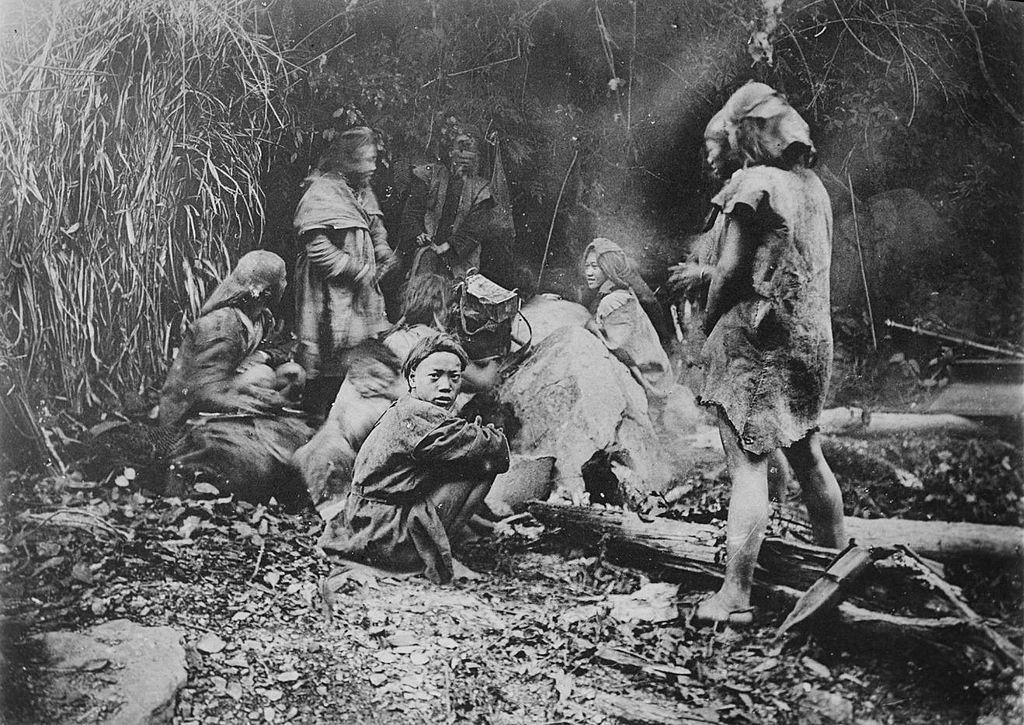100 Year History Challenge: EXPLORE 1918

My history @phillyhistory
in 1918 and 1920 with deaths during corresponding nonpandemic periods of the adjacent years. For example, we compared monthly deaths for November and December 1918 with the mean deaths for November and December 1916–1917 and 1919–1922. Statistically significant excess deaths were computed by detecting the data points at which the all-cause deaths exceeded the mean of the adjacent years +2 SDs (6,10). Excess deaths, computed from the mean number of deaths at these data points, were then used to ascertain the effect of the pandemic on deaths during these periods. During 1918–1920, population data were divided into 3 major groups: Taiwanese (95.2%), Mainland Chinese (0.57%), and Japanese–Korean (4.2%). However, only records of all-cause deaths for Taiwanese and Japanese were available and used in our analysis.
Figure1: gives the mean monthly number of all-cause deaths and 95% confidence intervals (CIs) for each month during 1916–1922, excluding the known anomaly months (the 2 epidemic waves) of November–December 1918 and January–February 1920. The number of deaths increased markedly during the anomaly months. When we plotted the anomaly points against the actual number of deaths, we noted that the anomaly points were significantly >2 SDs above the means and that substantial excess deaths had indeed occurred. Moreover, we estimated the excess deaths during these 2 waves by subtracting the mean number of all-cause deaths from the number of deaths during the anomaly periods (Table 1). Because the 2 waves of epidemics had overlapped the adjacent months, we also included increases during these months.
We used age-specific data on deaths to quantify the effect of the 1918–1920 influenza pandemic on each age group. Because monthly age-specific death data were not available (9), we used yearly age-specific all-cause death data to quantify age-specific excess deaths during 1918 and 1920. Figure 2, panel A, gives the age-specific percentages of all-cause deaths of Taiwanese persons during 1917–1921 only. The percentages of all-cause deaths by age group were computed for 1918 and 1920 and compared with the respective averages of percentages for the adjacent years (1917, 1919, and 1921).
For persons 5–39 years of age, percentages of all-cause deaths for 1918 and 1920 were clearly higher than those for the average of adjacent years; for persons >55 years of age, they were lower. In addition, deaths were higher in 1918 than in 1920 for persons 25–39 years of age, but deaths were higher in 1920 for those 5–24 years of age. The excess percentages of deaths for 1918 and 1920 in age groups 10–19, 20–29, and 30–39 years were computed by subtracting the average percentages of deaths in these age groups during the adjacent years from the respective true percentages of deaths in these age groups during 1918 and 1920
good